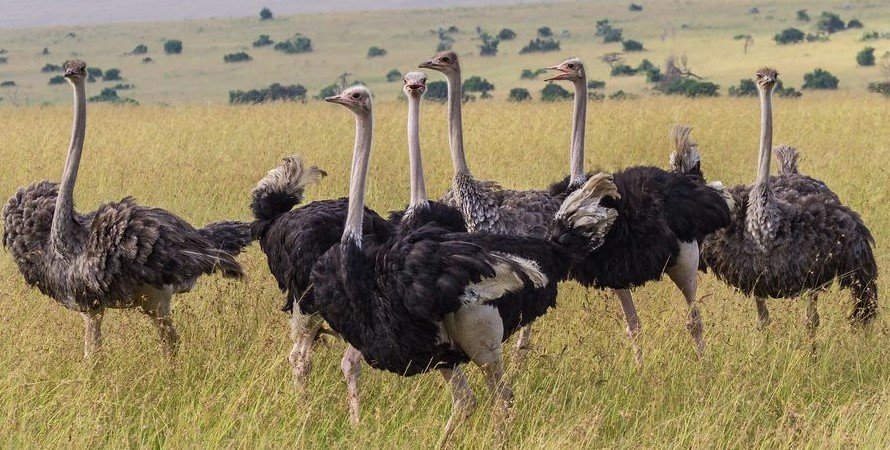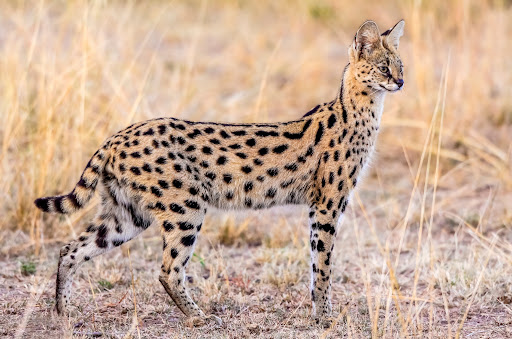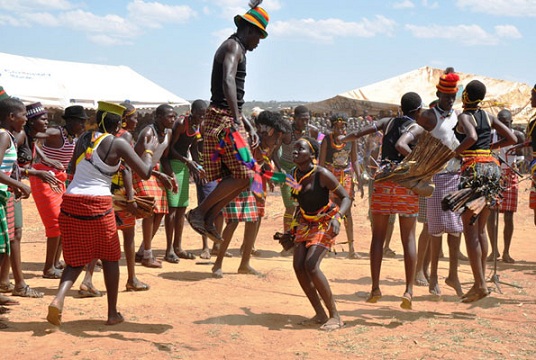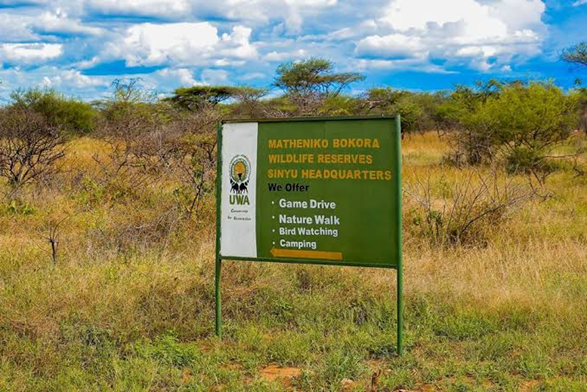
Bokora Wildlife Reserve

Bokora Wildlife Reserve is located in Moroto district, Karamoja region southwest of Kidepo Valley national park in Uganda. It is the second largest single wildlife conservation area in Uganda under the management of Uganda wildlife authority. Bokora Wildlife reserve is an important component in the ecosystem that gained prominence during the colonial rule times. It became a wildlife reserve in 1964 to date, and covers a land area of 2,056 km².
It touches borders with Matheniko Wildlife reserve in northeast and Pian Upe wildlife reserve in southwest. The three wildlife reserves are a solid connection from which wildlife species migrate from Mt Elgon national park to further south of Kidepo Valley National park. There is a market similarity in climatic conditions, soils, vegetation cover and wildlife species in the same zone.
Bokora wildlife reserve is an ideal Uganda safari destination for travelers seeking quiet corners in which to explore in the wilderness and discover the beauty of a peaceful country. Few travelers have ventured into this undisturbed chaste, and their reviews always speak volumes about the beauty of this undiscovered Uganda tourism gem. Loporokocho swamp is a popular game viewing destination where wildlife species in all sizes and colors congregate to cool off.
Plant life/ vegetation
Bokora wildlife reserve is mainly covered by savannah grasslands, short trees bushes and also shrubs. The reserve also has swamps like Loporokocho swamp where birds can be available with some mammals.

Main activities done in Bokora Wildlife Reserve
Wildlife in the reserve
Bokora wildlife reserve is relatively a dry area and usually comes to life after a pour of rain in the dry lands. There are high opportunities of spotting a number of animals due to the open savannah grasslands in the game reserve.
While on a game drive in the reserve, one can also spot a number of cats like Cheetahs, Leopards and Lions. Also expect to spot the Buffaloes, Elands, Hartebeests, Bright’s gazelles, Lesser kudus, Oribis, Oryx, Reedbucks, Roan antelopes, Rothschild’s Giraffes, Spotted hyenas, Striped hyenas, Topis, Uganda Kobs and Zebras among others.
During the game drive, most of the wildlife is visible, thanks to the vegetation cover and the open dry plains of the place.
Bird watching
Bird watching safaris in Bokora wildlife reserve creates everlasting impressions on the memories of travelers on tour into Uganda with unique bird species sightings. Notable bird species most likely to sight include the rare Ostriches, Alpine chat, Jackson’s horn bill, Grey cuckoo-shrike, Lemon dove and Dusky turtle dove. There are also White-headed buffalo weavers, Black-throated wattle eye, African Hill Babbler and the Thick-billed Honeyguide. The list continues with Mountain yellow warbler, the Eastern Bronze-naped Pigeon, the Hartlaub’s Turaco, among others.

Visiting the Karamojong people.
The Bokora people are the predominant sub-group living closer to the game reserve, belonging to the Karamojong tribe. A visit to the community gives you an amazing cultural experience of this unique tribe in north eastern Uganda. The Karamojong people are nomadic pastoralists who rare cattle for as their livelihood and almost everything. They harvest a number of products from these cattle including meat, milk, manure and hides for use. The Karamojong drink cow blood during the hottest months of the year. While on your visit to the community, you get to graze the cattle with the local nomads and have an extra-ordinary experience with them. You also get to learn how to milk cows with your hands and later enjoy an evening cultural dance.
Accommodation
There are relatively few accommodation facilities inside because it is still in its early development stages. The hospitality facilities are still basic but that doesn’t take away the rich wealth in wildlife resources.
Camping in the wild is the only available accommodation though a luxury safari camp is in the process of establishment. Travelers to Bokora Wildlife Reserve book reasonable accommodation in Kotido, Katakwi and Abim towns that are closer to the reserve. The reserve is also an ideal place to break the long travel ‘to or from’ Kidepo Valley National Park.

Best time to visit Bokora Wildlife Reserve.
The reserve is open for visitors throughout the year, but it’s best to visit during the dry season. The dry season falls between June to September, and December to February. Unfortunately, during the rainy months of November, May and April, the roads are poor and impassable. Also in some sections of the reserve, it’s even hard for four-wheel drive cars to penetrate.
Conclusion
Therefore if your planning a safari to any East African country, for wildlife and game viewing, mountain hiking, wildebeest migration viewing, cultural experience, Gorilla tracking, lion and leopard tracking, chimpanzee tracking, golden monkey tracking, volcanic exploration, heritage sites visit as well as nature walks plus your whole bucket list, consider Pamoja Tours and Travel






